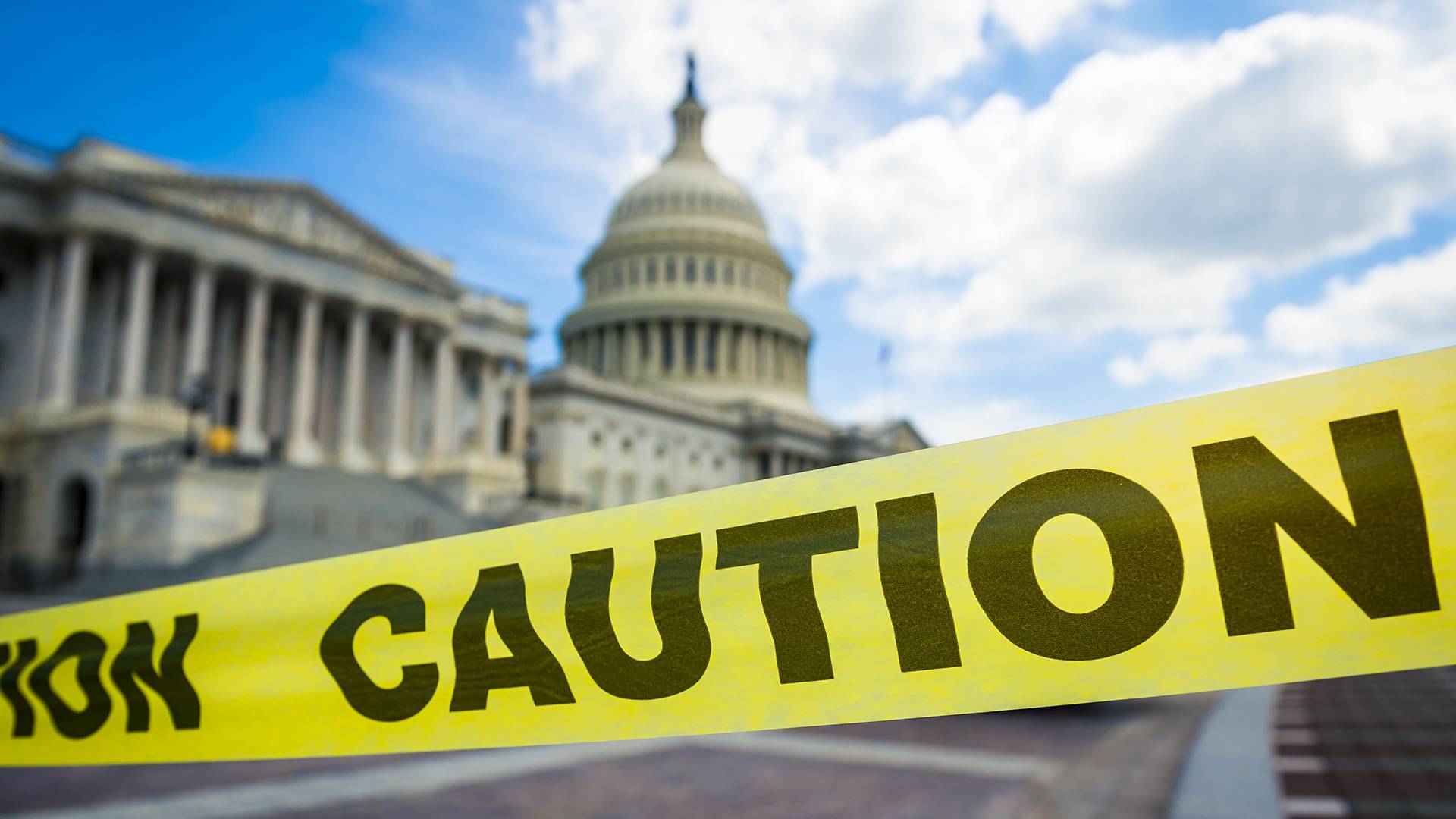- Future Students
- How to Apply
- Visit UHCL
- Admitted Students
- Tuition, Costs and Aid
- Degrees and Programs
- Contact Admissions
- Current Students
- Class Schedule
- Academic Calendar
- Advising
- Events
- Library
- Academic Resources and Support
- Student Services and Resources
- Alumni
- Lifetime Membership
- Alumni Events
- Update Your information
- Awards and Recognitions
- Give to UHCL
Psychologist offers tips to help parents discuss riots, racism with kids
February 22, 2021 | UHCL Staff

The frightening videos and photographs of a weapon-wielding, pro-Trump mob rioting in the U.S. Capitol on Jan. 6 may be difficult for some adults to process. Children, particularly African American children, might also be having an especially hard time understanding the violent images that have since daily flooded the news and social media.
Cynthya Campbell Palmer, University of Houston-Clear Lake's director of Psychological Services and assistant professor of psychology, offers parents guidance with navigating a complicated discussion about the violence covered in the media and race relations with children of all ages.
"First, it's important to just let children express how they're feeling," Campbell Palmer said. "Allow them to talk about what they saw, and what it brings up for them. Kids might say the pictures look scary and ask why those people are doing these things. Encourage them to talk about this."
Campbell Palmer said that it's all right to agree with the child that it was very scary. "You can say you don't understand why people acted that way, and that you thought it was scary also," she said.
"After that, reassure your child," she said. "They might ask, 'What if this happens in our town?' As a parent, tell your child that they're safe, but let them talk about their concerns and, as a parent, you can also be vulnerable about your own feelings."
For African American parents, Campbell Palmer said this is another moment to discuss how and why people get involved in a riot. "Explain that people can have different ideas, but it doesn't excuse this kind of behavior," she said. "You can have a difference of opinion, but you can never engage in unlawful behavior. The actions of these rioters were very dangerous, and some people were hurt and even killed. It's not right to express your opinion in this way."
She added that the larger discussion about the riots has to do with race relations in America. "Children can see that the vast majority of the rioters they saw in the photos and videos are white," she said. "Older children could notice that they weren't being stopped."
Campbell Palmer said that research showed kids are able to pick up on racial differences from a very young age. "To an African American child, you might say, it's our right to protest. You can speak against injustice, but when you're protesting, and it promotes violence or hatred against others, that's when it's wrong," she said. "A parent can explain that this is what racism is. Some people might have certain thoughts about African Americans, or people who are different from them, and those thoughts aren't right because no one is better than anyone else."
Although it's difficult to explain racism to a child, Campbell Palmer said that it's necessary for African American parents to discuss it. "But also explain that overall, the actions of the white people who were rioting — even though it looked like a lot of people, they do not represent the entire white race."
"When people compare the Capitol riots to the Black Lives Matter protests that happened over the summer, point out that the BLM protesters were speaking up against police brutality against African Americans," she continued. "A protest rally is about speaking and advocating for a cause, not harming anyone, looting or killing. A police officer was killed at the Capitol. This is not what should happen at a protest."
But as a psychologist, Campbell Palmer said that the events of Jan. 6 were shocking. "None of us have seen anything like this before," she said. "It was unprecedented."
To learn more about UHCL's Psychological Services, go online.






